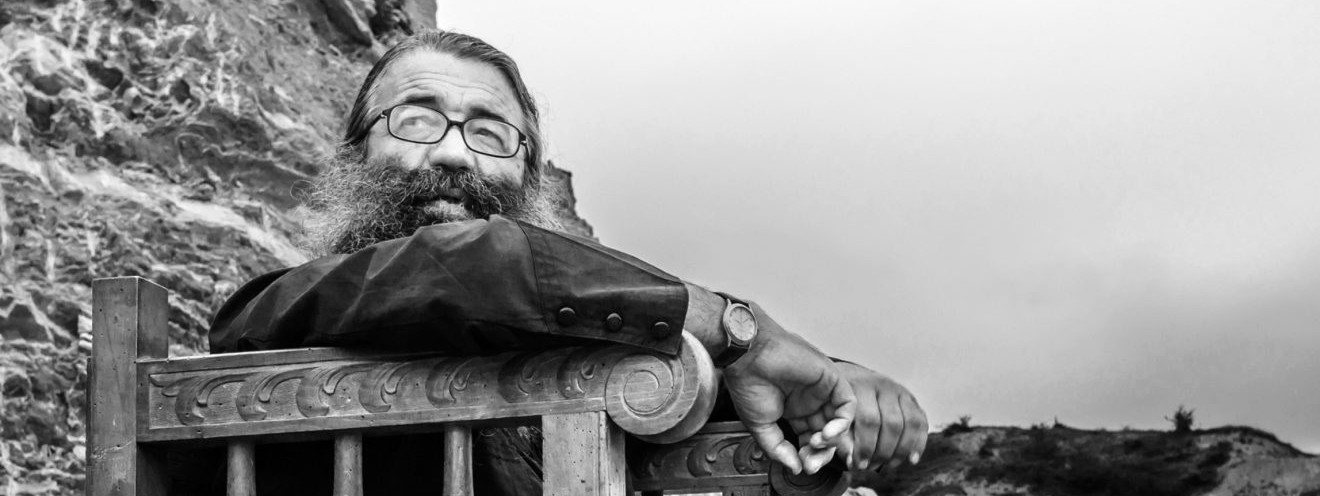Medicii de familie contesta CARDUL DE SANATATE

- Capital: Cardul de sănătate: după ce a fost catalogat drept malefic, acum este o pagubă administrativă
După ce acum trei săptămâni, CNAS a schimbat denumirea inscripţionată pe cardurile de sănătate, în urma reclamaţiilor organizaţiilor religioase, acum a venit rândul medicilor de familie să spună că introducerea cardului de sănătate va mări şi mai mult birocraţia din sistem, afectându-le pacienţilor consultaţia
CNAS a fost nevoită să scoată “dracul” din cardurile de sănătate, după ce mai multe organizaţii religioase s-au plâns că în denumirea “card de sănătate”, se poate citi invers “drac de sănătate”.
“Ni se mai aruncă şi cardul de asigurat pe lângă birocraţia deja existentă. Dacă se va implementa acest sistem, îl vom folosi, dar refuzăm să inscripţionăm carduri, să facem borderouri şi raportări. În loc să consultăm pacienţii, facem înregistrări, inscripţionări, borderouri”, a declarat preşedintele Societăţii Naţionale a Medicilor de Familie, Rodica Tănăsescu, potrivit Agerpres.
În opinia sa, completarea cardului şi gestionarea acestuia nu au nicio legătură cu actul medical, reprezentând o activitate strict administrativă, care ar trebui făcută de operatori special angajaţi.
Rodica Tănăsescu a susţinut că viitorul card va trebui să reprezinte legătura dintre asiguraţi şi asiguratori şi că cel mai corect ar fi ca CNAS, prin intermediul caselor de asigurări de sănătate, să completeze cardurile şi să fie semnate contracte între asiguraţi şi asigurator.
“Refuzăm să ne ducem la Casă să preluăm cardul. Este greoaie procedura”, a mai spusTănăsescu, potrivit Agerpres.
O altă cauză a nemulţumirilor medicilor este accea că trebuie să suporte din banii lor achiziţionarea cititorului de card, care va costa între 150 şi 200 de euro, la care se va adăuga şi mentenanţa acestuia.
Pe de altă parte, directorul general al CNAS, Liliana Luca, a precizat că proiectul privind cardul de sănătate s-a aflat în dezbatere publică şi că reprezentanţii Casei sunt deschişi la discuţii referitoare la acest proiect de act normativ. Medicul-şef al CNAS, Marius Filip, a afirmat că există un cadru legislativ care trebuie respectat şi având în vedere că nimic nu este perfect, s-ar putea face şi modificări, dar care vor trebui să fie în favoarea asiguratului.
În opinia sa, cardul de sănătate a fost gândit pentru a nu mai plimba pacientul la Casa de Sănătate. El a susţinut că 99% dintre furnizorii de sănătate sunt dependenţi de banii veniţi de la Casele de Asigurări de Sănătate. Marius Filip a mai arătat că fără cardul de sănătate şi fără utilizarea lui medicii de familie nu vor putea fi plătiţi. El a mai explicat că aceia care nu vor avea carduri de sănătate nu vor avea dreptul la servicii medicale iar în cazul în care cineva pierde cardul, poate accesa serviciile de sănătate pe baza unei adeverinţe până la emiterea unui nou card.
Legaturi:
- Cardul de sanatate va fi introdus de pe 1 august. Despre FRAUDA argumentului FRAUDELOR…
- DEZBATEREA DE LA MINISTERUL SANATATII (18 nov. 2010). Secretarul de Stat Irimie promite ALTERNATIVA la cardul de sanatate electronic (cu cip). UPDATE: DEZVALUIRILE SOCANTE ALE LUI BOGDAN MANOLEA SI REACTIA F.O.R.
- MODEL DE PROPUNERE PENTRU ACTUL NORMATIV CE INTRODUCE CARDUL DE SANATATE. Data limita pana la care se pot trimite solicitarile: 20.01.2011
- Comunicat al Forului Ortodox Roman cuprinzand relatarea ultimei (FALSE) dezbateri de la Ministerul Sanatatii pe tema cardurilor de sanatate. Concluzie: SE MINTE, SE SFIDEAZA SI SE APLICA POLITICA “FAPTULUI IMPLINIT”…
- Reflectari in mass-media ale dezbaterii de luni de la Ministerul Sanatatii: TOATA LUMEA, DE LA MEDICI DE FAMILIE LA ONG-URI CRESTINE SI LAICE, SE OPUNE CARDULUI DE SANATATE CU CIP. Autoritatile mimeaza dialogul si “analiza”
- Dr. Vasile Astarastoae, presedintele Colegiului Medicilor demonstreaza la RFI: CARDUL DE SANATATE CU CIP ESTE O INCERCARE DE ABUZ DIN PARTEA STATULUI SI COMPORTA RISCURI PE TOATE PLANURILE. Pana si ONG-urile necrestine protesteaza, din nou, vehement
- Dr. Vasile Astarastoae avertizeaza din nou in legatura cu pericolul cardurilor de sanatate
*


















 Doneaza pentru filmul "Scrum"
Doneaza pentru filmul "Scrum"





































































Cum lucreaza Dumnezeu de a nu se pune in aplicare tot ce vrea aschiuta.
Pentru cei interesaţi, cunoscători ai limbii engleze, recomand următorul articol:
http://www.osw.waw.pl/en/publikacje/ceweekly/2012-08-22/slovakia-turns-away-liberal-socioeconomic-reforms
Iată că se poate şi altfel. Există şi minuni.. dar nu la noi!